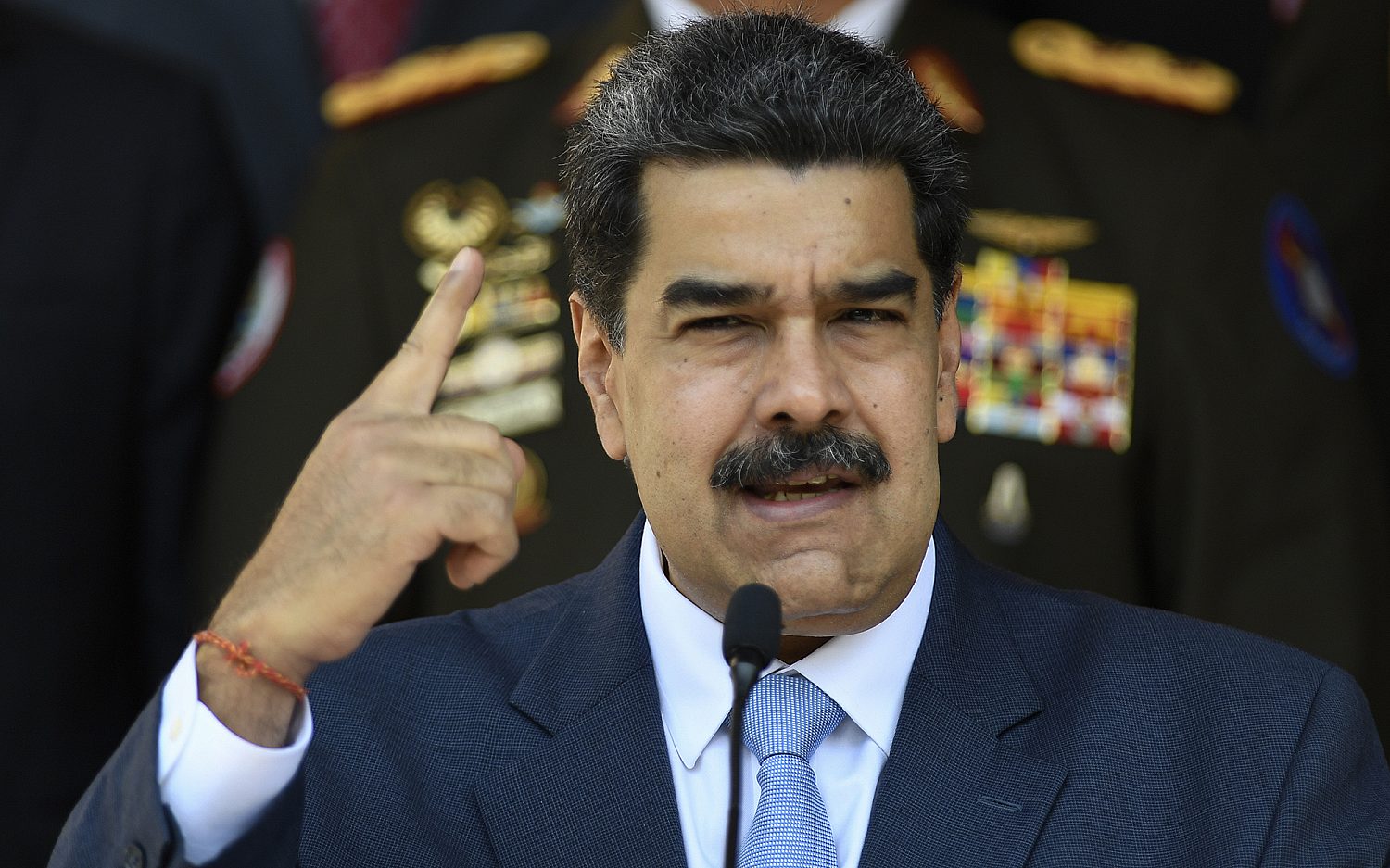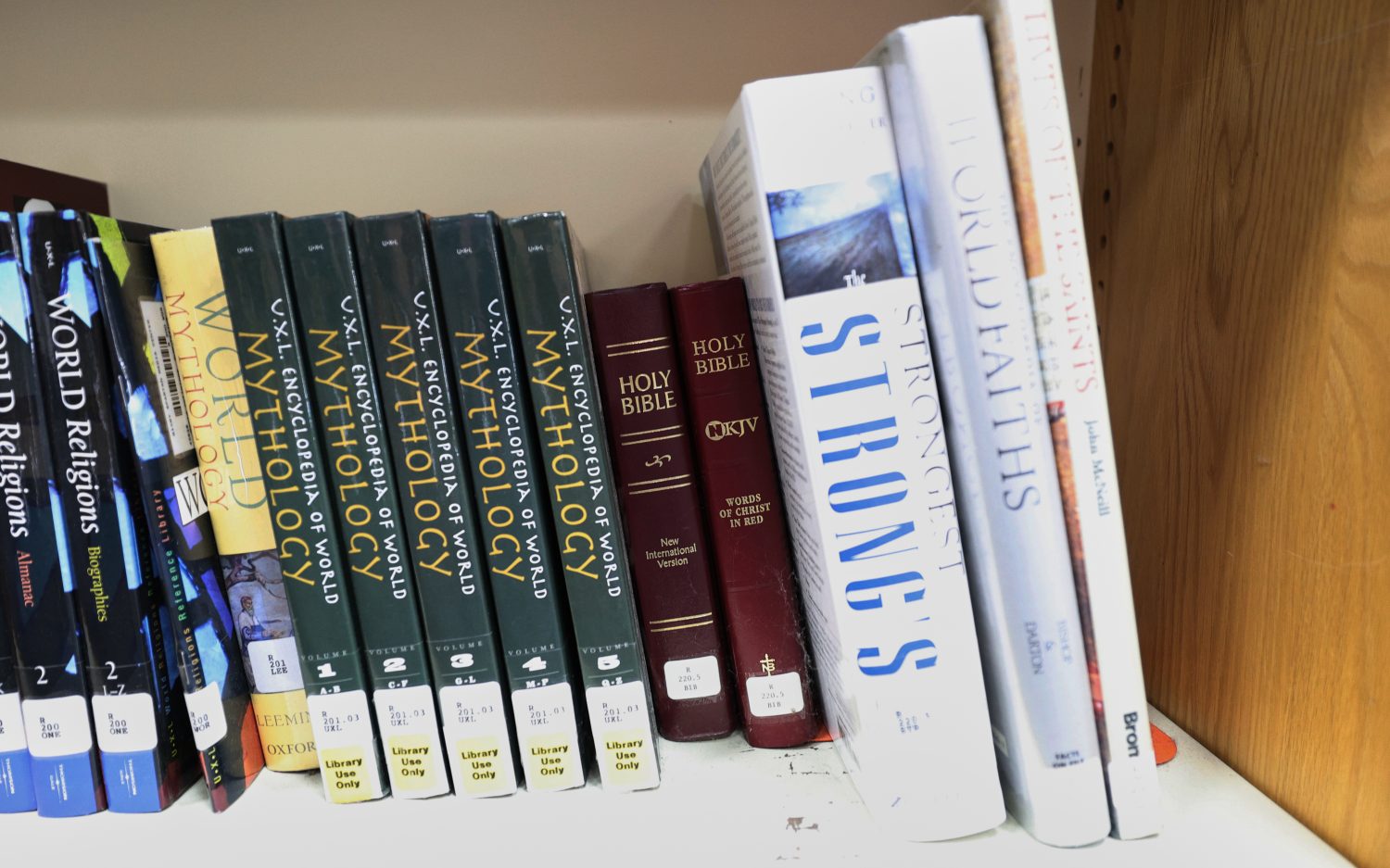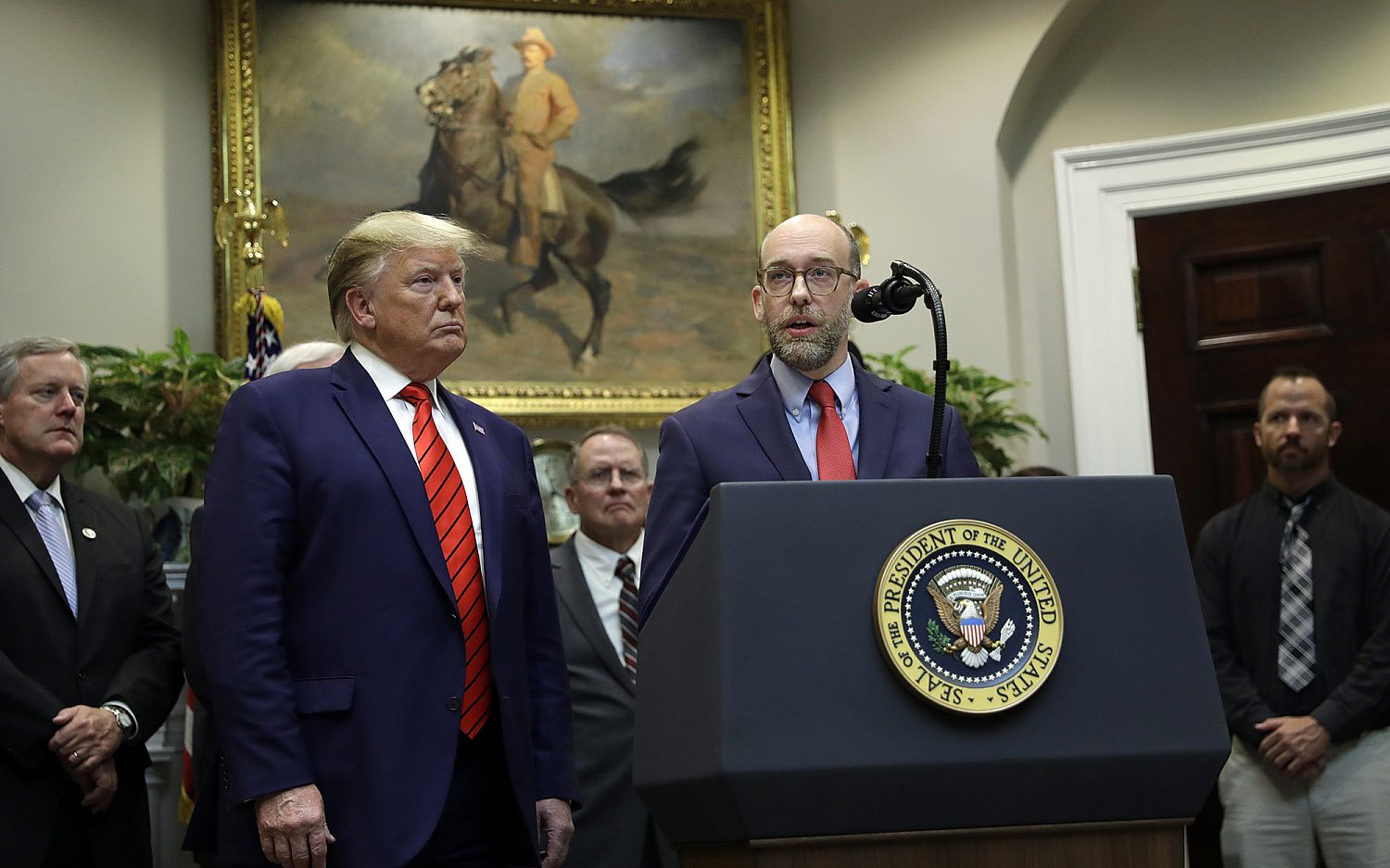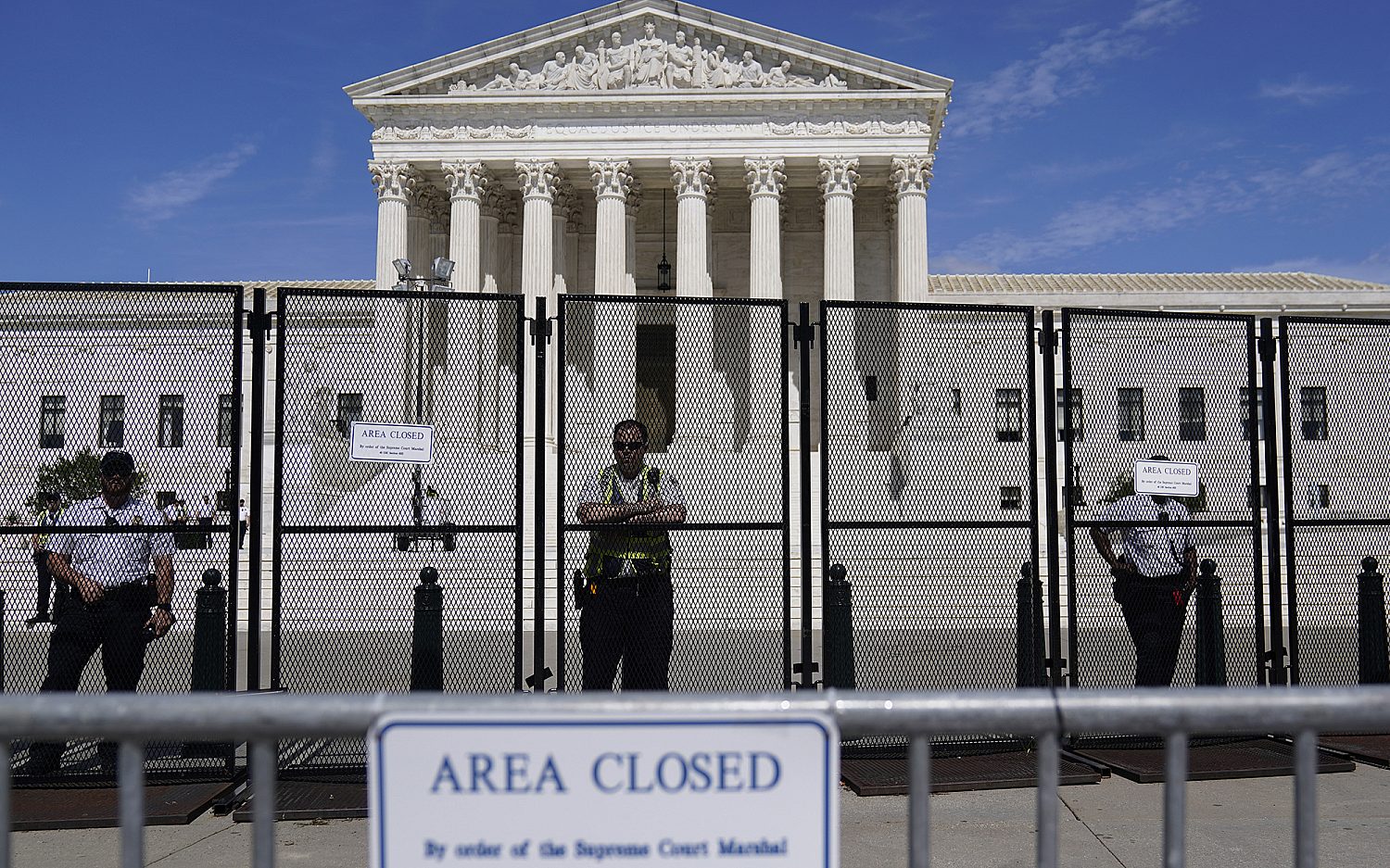Build it or they will leave
With their victory last Sunday, the Seattle Seahawks secured homefield advantage throughout the National Football League playoffs. And what an advantage it is.
The Seahawks have been nearly untouchable at home during the last two seasons—going 15-1—and statistical analytics confirm Seattle has enjoyed the strongest homefield advantage in the league since the team moved into CenturyLink Field in 2002. Seahawk fans are known as the 12th Man because their enthusiasm brings as much support to the team as an extra player on the field. Their crowd noise has set world records and actually created measurable seismic events.
While this kind of sports-fueled euphoria can clearly boost a region’s morale, city planners and urban advocates are divided over whether funding fields like CenturyLink is a wise use of resources. Many developers continue to see stadiums as lynchpins for urban revitalization, but leading New Urbanists like Richard Florida claim these projects are nothing but boondoggles. Florida believes the best studies show any economic gains cities garner from having a professional team are eaten up by the tax subsidies that flow to owners.
The story of how the Seahawks’ stadium got built shows how much these subsidies benefit team owners. In February 1996, then-owner Ken Behring tried to move the Seahawks to Southern California. While more than a decade remained on the team’s lease of the Seattle Kingdome, the facility was no longer profitable and arguably unsafe. Litigation ensued but the city had no guarantee the Seahawks would stay in Seattle until 1997 when Washington voters agreed to spend $300 million to build a new stadium.
After Behring’s flight to Anaheim, Microsoft billionaire Paul Allen agreed to purchase the team and keep it in Seattle, if and only if a new stadium could be secured. Allen prevailed upon the state legislature to hold a referendum on the new stadium in a special election with nothing else on the ballot. He even reimbursed the state more than $4 million to defray the election costs. Voters narrowly approved the measure, Allen bought the franchise for $200 million, and now, settled in CenturyLink, the team is worth $1.1 billion.
This kind of crony capitalism is why public stadium funding has engendered opposition on both the right and the left. Tea Party Republicans are up in arms over plans for a new stadium for the Atlanta Braves, and liberal columnist Gregg Easterbrook of The Atlantic railed against how family-owned NFL franchises convert “public subsidies and tax favors into high living for a modern-day feudal elite.”
Yet Seattle has seen what happens when new stadiums aren’t built. When Starbucks mogul Howard Schultz demanded facility upgrades for Seattle’s NBA team in 2004, taxpayers refused to budge. Now, half-a-continent away, the Oklahoma City Thunder have sold out taxpayer-funded Chesapeake Energy Arena 129 games in a row.
Can a burgeoning left-right coalition can end the practice of subsidizing fat cat sports owners? Maybe, but at this point the promise of economic revitalization—and the heady prospect of a Super Bowl run—seems likely to keep the subsidies flowing.
An actual newsletter worth subscribing to instead of just a collection of links. —Adam
Sign up to receive The Sift email newsletter each weekday morning for the latest headlines from WORLD’s breaking news team.




Please wait while we load the latest comments...
Comments
Please register, subscribe, or log in to comment on this article.